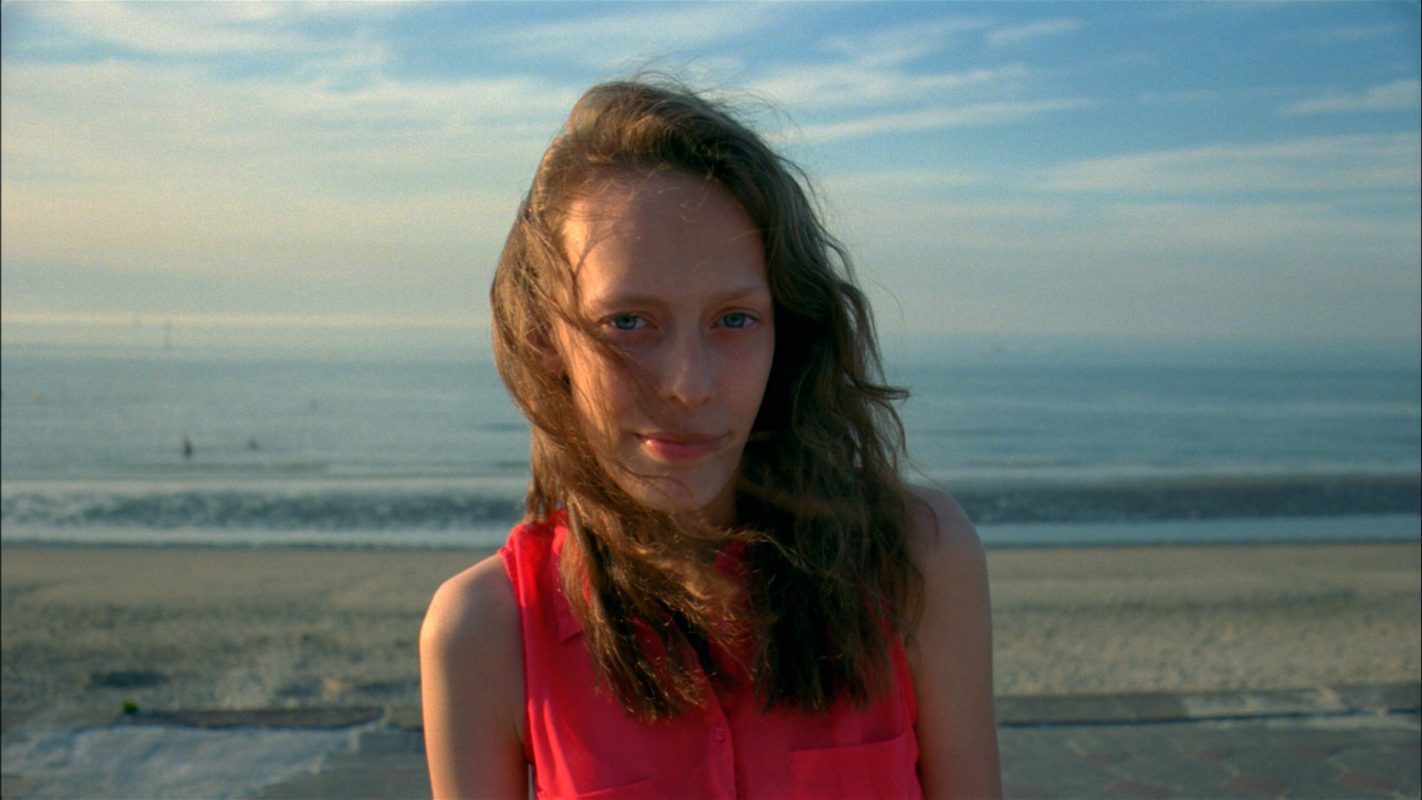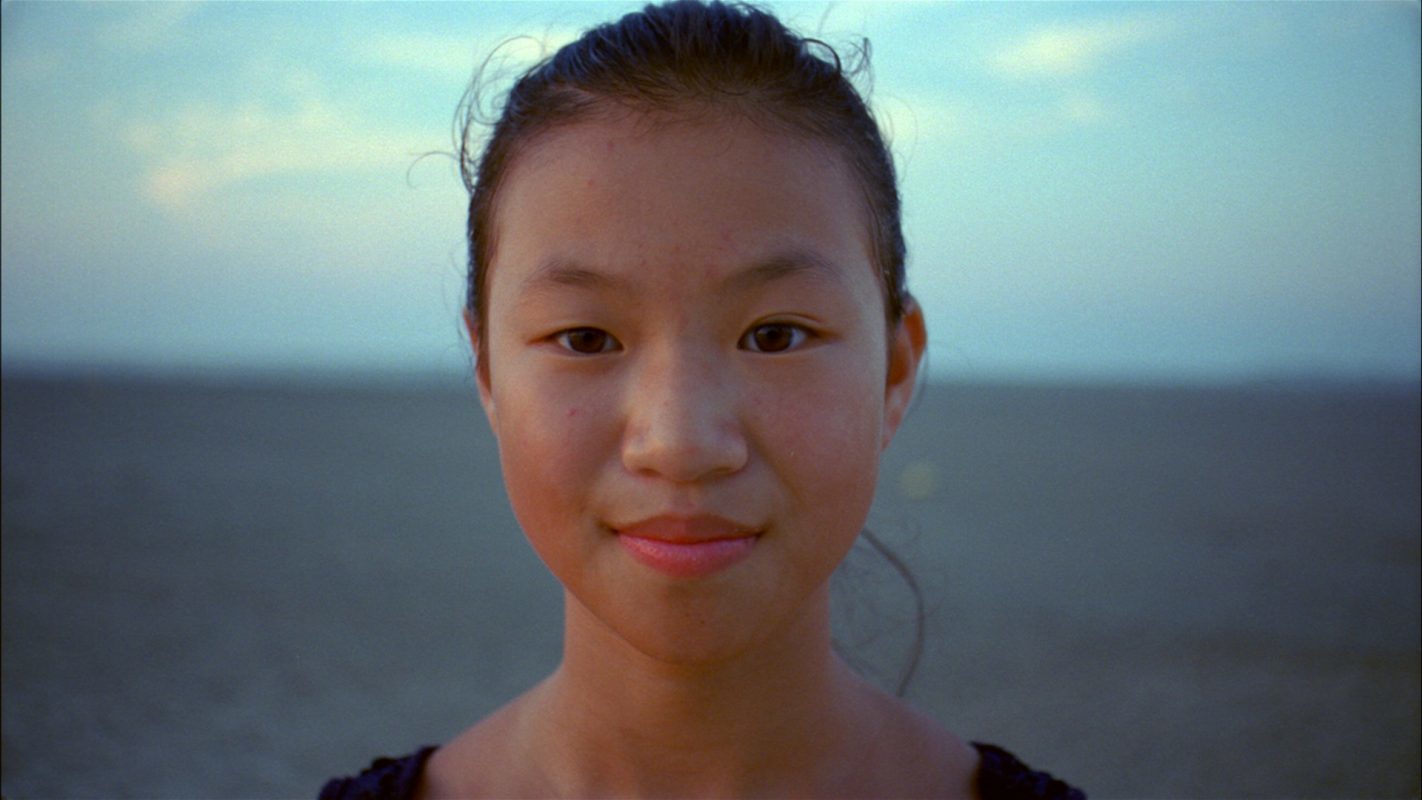
Case Study: Ik was pas 14
Director Froukje van Wengerden elaborates on the proces of making her short film Ik was pas 14 (I Was Only 14).
Geplaatst op 6 maart 2017“During my studies at the Dutch Film Academy, I started making some very personal films exploring the relationship between my father and me. At exactly the same age as my grandmother was when she lost her father, I found out that my father is not my biological father. By making these personal films I tried to get a grip on that event in my childhood. While I was busy making my graduation film for the Netherlands Film Academy on this subject, my mother told me the story of my grandmother and her father during World War 2.”
“I found out that my father is not my biological father.”
Everyone carries his or her own story
“I believe this has been a very traumatic experience for my grandmother. She had never even spoken to my mother about it, until recently. I thought that was strange, but also beautiful. Just like I myself had spoken very little with my parents about the things that my film was about, I discovered that my mother had spoken little with her parents about events that were important to them. Family can be so close that things have become a kind of self-evident. You don’t speak to each other about certain things even though they are very important to everybody. I think because you’ve developed certain patterns with family, where things happen as they do and no one comes up with the idea to change them.”
“Family can be so close that things have become a kind of self-evident.”
“I realized that I, as a granddaughter, was in the right position to question my grandmother about these painful events. The idea that my grandmother was never able to say goodbye to her father was very moving to me. Especially since I was trying to let go of my father while making these films. I realized that everyone carries his or her own history along with them, which I thought was a nice starting point for the film.”
“So the title I Was Only 14 refers to my grandmother, but also to myself. And perhaps to many more girls of 14 years old. So that’s how I came up with the idea to portray all these 14-year old girls. Primarily I hope to convey the feeling of how a person can carry something like this, big or small, with them for the rest of their life. Such an event can change your life, because it is often something irreversible.”
“But it also makes you who you are as a person. For my grandmother it’s this loss and the fact that she was unable to say goodbye to her father. Perhaps this caused a lifelong sense of nostalgia inside her. She knows that he will never come back while at the same time he lives on inside of her. I hope that people will ask themselves: do these girls listen to her story? What story do they carry on with them until they are old? And what story do I carry myself?”
“I realized that everyone carries his or her own history along with them, which I thought was a nice starting point for the film.”

Investing in your film
“While having all these ideas in my mind, I saw that the Noordelijk Film Festival (in Leeuwarden, Friesland) wrote a competition where you could win 10.000 euro with a script or plan for a film. Because I was in my last year at the Netherlands Film Academy at that moment, where I had learned to write ideas like this down quickly, I wrote them down with help of my producer (Julia Schellekens).”
“We turned in our plan but never expected to win. But we did win and that’s how we got the funding to actually shoot it. I asked the same crew members (cameraman, editor, music composer and sound designer) with whom I was working at that moment on my graduation film, because we had a very good and inspiring relationship. They all said yes to the project immediately, even though we choose to invest all the money in the making of the film, and not in paying ourselves. So we all worked on it for free.”
“We invested all our money in the film and worked all for free.”
A moving portrait
“Speaking about film form, my cameraman (Lukas de Kort) and I were inspired by the differences and similarities between film and photography. In photography a portrait is a moment frozen in time, whereas in film it is all about time passing by. Looking for the place where these two meet, we filmed all the girls looking into the camera as if they were photographed, using 35 mm analogue film. We tried to create a ‘moving picture’ in which the girls look directly into the eyes of the viewer for a short moment. Showing their variety of personalities: confident or doubtful, playful or serious, light- hearted or penetrating, but all of them fourteen years old.”
“Similar to this, we wanted to have the same directness in the connection between viewer and grandmother, while she was telling her story. This is why we came up with the idea to use a mirror construction before the camera. In this way the grandmother sees me as director during the interview, but also looks directly into the lens. We came up with the idea to film her this close, so that you could see all the details in her face. We wanted to portray her almost as an abstract figure, a storyteller, a moving portrait.”
“We were inspired by the differences and similarities between film and photography.”

Shooting with 35mm film
“Because we didn’t want to cast all the girls beforehand, but just meet them in actual life and in spontaneous situations, we decided to travel with our camera and an old van through the country. We ended up filming girls in France, Belgium and the Netherlands. In the beginning we were scared not to find them, so we ended up being happy with every fourteen-year-old girl that we met.”
“Gradually we became more and more critical and tried to see if they were actually telling a story with their look, their background or their glance. Because of the fact that we shot on 35 mm film, so we had only one chance per girl to film a portrait, everybody became truly aware of the importance of this moment. There became a huge concentration during filming. I believe this is why the girls all performed very well and gave a certain feeling of disarm.”
“Because of the fact that we shot on 35 mm film, so we had only one chance per girl to film a portrait, everybody became truly aware of the importance of this moment.”

Reliving memories
“During the process of editing (Stefan Hickert) we had to deal with the fact that we only had two sorts of shots: those of the grandmother and the portraits of girls. Nothing else. While the grandmothers’ story became the main focus, we had to look for interesting moments were these two could meet. For instance, when the grandmother laughs, we see a girl laughing. Or when the grandmother tells about the moment when she grabbed her bike, we see a girl with her bike. But it’s not every moment that these two will fall together like this.”
“For us it became very important that the feeling, the rhythm of the editing was right. And that watching all these girls, with all their differences, would become a kind of overwhelming.”
“Also, it’s very satisfying when you are able to discover something new while the editing process is already very far. For instance, we came up with the idea of the grandmother closing her eyes in the beginning, and opening up in the end. Which could make it a round story, and would also give a feeling of going back into her memories.”

Seagulls & violins
“For the Sound Design and Sound Mix (Jacob Oostra & Fabian Ort) we also tried to relive these memories of her. In the beginning we find ourselves very close to the perspective of the grandmother. We can hear a train even though we don’t know yet that this train will be a very important moment in her life. During the film we will gradually hear more and more from the actual surroundings that we see in the portraits. The surroundings become more and more realistic. In the beginning of the film we are at the beach but we do not hear this. At the end of the film, we actually are at the beach. Where we can hear the waves, the seagulls and the people there.”
“I want something with strange, high notes, but also something that gives hope and lightness.”
“Parallel with the Editing and Sound Design process there is also Music Composing (Stavros Markonis). Music has a lot to do with feelings, so the way Stavros and I are communicating is always a little bit vague. I tell him something like: ‘I want something with strange, high notes, but also something that gives hope and lightness.’ Because this was already our fourth film, we knew each others work. The great thing about Stavros is that he really watches the images. It’s not that he’s just a great musician, but he actually makes it an experience of sound and image together. For instance, where you see the girl with a pink headscarf, here headscarf blows up by the wind, he put a little accent in his music as if the music expected this to happen. Or in the last shot, where we see the Asian girl. We think that we hear seagulls, but actually it’s a violin.”
“A lot of beauty lies in the details.”